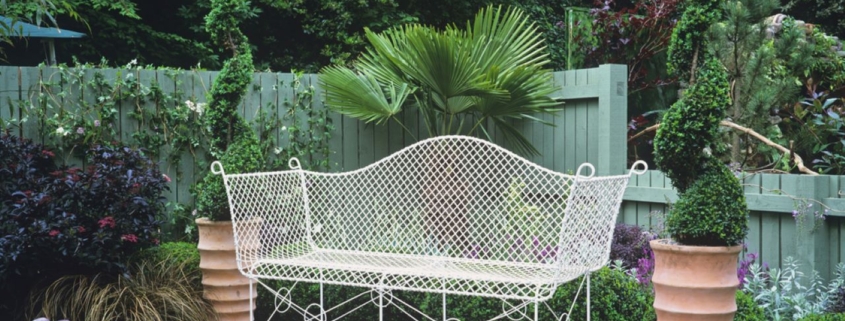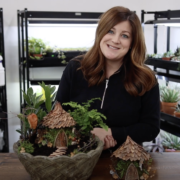How to Grow Your Own Topiary
Topiaries are plants that have been pruned and trained to grow into distinct decorative shapes. They’re basically slow-growing artistic masterpieces. Whether you grow them geometrically or fanciful like spirals, spheres or even elephants, the options are endless.
Topiaries can be grown from vines or shrubs, and even some herbs. The amount of time it takes to grow a topiary will depend on the topiary’s size and the number of plants you use. Most gardeners use a topiary frame or form to get the look they desire. Visit your local garden center to find out more about the best plants for your topiary.
Topiaries with vining plants
When using vining plants, you’ll need to get a topiary form to encourage the vines to grow in the shape you’ve chosen. English ivy, Boston ivy and periwinkle are popular choices for vining topiaries. To start, fill the form with sphagnum moss to create a full look. Then, plant the vine around the form, allowing the vines to grow upward. You may need several plants to achieve a full look. As the vines grow, train them by wrapping and attaching them around the form with plant ties or wires and pruning regularly.
Topiaries with shrubs
Start small when making a shrub topiary. Choose a variety such as holly, boxwood or laurel. Look for dwarf varieties that will stay compact and won’t need much pruning. If you’re looking to create a pyramid or geometrical shape, select shrubs with tall growth habits such as yews or hollies. For statuesque spirals and cones, choose arborvitae. Beginners will want to use topiary frames to sculpt their designs, which will also help when deciding what needs to be pruned. To train and prune your topiary, you’ll need a clear vision of how you want the topiary to look. Pruning encourages new and bushier growth, but don’t cut off more than 3 inches in the areas you want to trim back.
Fertilizing topiaries
Help topiaries reach their full potential as quickly as they can by using Espoma’s Bio-tone Starter Plus when planting. Follow-up with Espoma’s Grow! liquid fertilizer. Grow! encourages root growth and deep green foliage that will surely delight. For acid-loving plants like hollies, use Holly-tone for best results.
Remember that topiaries take time and so be patient. Your time, maintenance and patience will pay off!









Trackbacks & Pingbacks
[…] on one type of herb at a time and remember to only cut back what you need. Try to avoid cutting back the entire plant, unless you are ready to replace […]
[…] this houseplant is stunning. It can come in colors from deep green to silver to red. It is slow growing, with large, narrow and glossy oval foliage. When deciding where to put Aglaonema, keep in mind the […]
Comments are closed.